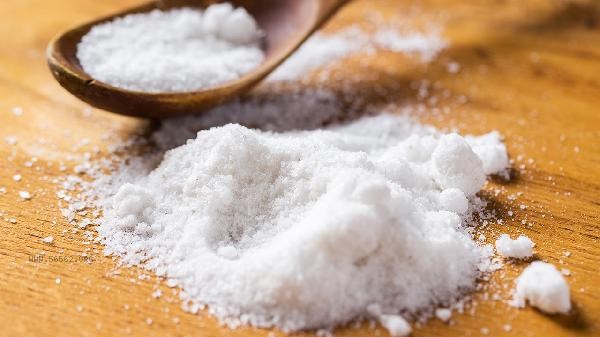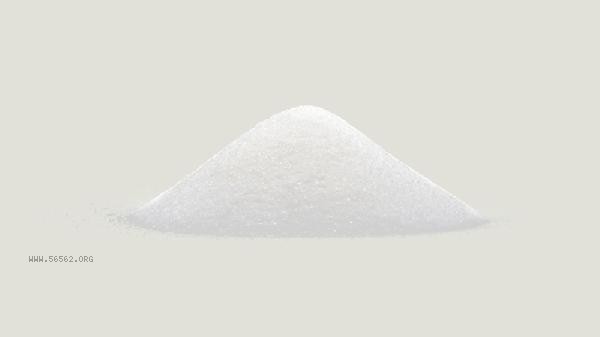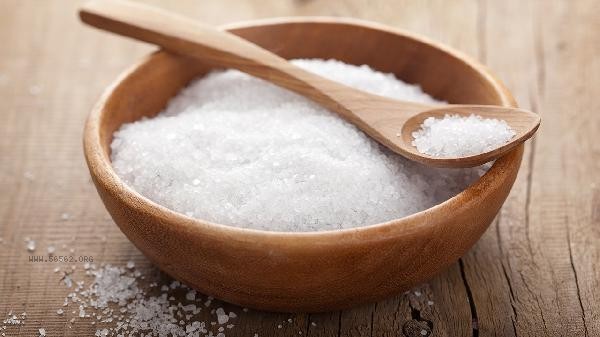Forgetting to add salt during dough mixing can be remedied by adding salt later or adjusting the dough's purpose. The main remedies include kneading and adding salt to the dough, adjusting the dough's purpose, increasing the saltiness of the dipping sauce, making salt free noodles, and pairing with high salt side dishes.

1. Rub the dough back and add salt
Dissolve a small amount of warm water in an appropriate amount of salt, and knead evenly into the already kneaded dough. It needs to be added in small amounts in batches to avoid adding too much water at once, which can cause the dough to become too soft. Rub the dough until the salt is completely absorbed, then let it stand and let it rise. This can partially compensate for the impact of salt deficiency on the taste. This method is suitable for hard dough that has not yet been fermented, as the fluffiness of fermented dough may be affected by secondary kneading.
2. Adjust the dough usage
Non salted dough is more suitable for making foods that require highlighting the original flavor of the ingredients. It can be used to make sweet pastries such as bean curd, sugar triangle, or to make noodles that need to be dipped in sauce, Cat's ears (Steamed cat-ear shaped bread), etc. Salt deficiency can weaken the gluten structure slightly, making it suitable for making noodle varieties with lower toughness requirements.
3. Increase the saltiness of the dipping sauce
compensates for the lack of salt in the dough by seasoning the dipping sauce. The proportion of soy sauce can be increased when making the oil splashed noodles. When mixing the noodles, use the sauce with outstanding salty and delicious taste, and properly increase the salinity of the bottom of the Noodles in soup. This method can effectively enhance the overall salty perception while preserving the original texture of the dough.

4. The production of salt free pasta
Some traditional pasta itself does not need to add salt, such as fermented Dim sum such as wine cake, Steamed Chinese sponge cake, or dumpling skin with heavy flavor stuffing. Salt free dough is more likely to highlight the original aroma of wheat and is suitable for complementing the flavor of salty and fresh fillings.
5. Pair with high salt side dishes
Enjoy salt free noodles with pickled foods, such as stir fried bacon noodles, pickled vegetable mixed noodles, etc. The salt in the side dishes can penetrate into the main food, achieving overall flavor balance. This method is especially applicable to products such as rolled noodles and Lamian Noodles that have been shaped and cannot be modified.

It is recommended to use fixed ratio containers to measure raw materials for daily noodles and noodles to avoid omissions. Salt in dough not only enhances gluten elasticity and regulates fermentation speed, but also serves as a seasoning. For the completed salt free dough, the remedial strategy can be flexibly adjusted according to the final cooking method. If fermented pasta has already formed, it is not recommended to forcibly add salt to avoid damaging the stomatal structure. It can be supplemented with salt appropriately when serving. Developing the habit of feeding ingredients in order when making handmade noodles can effectively prevent similar situations from happening.








Comments (0)
Leave a Comment
No comments yet
Be the first to share your thoughts!